On April 26, 1986, a reactor in the Chernobyl nuclear power plant exploded. It was the worst nuclear disaster in history.
The meltdown happened in the Ukraine, at the time part of the Soviet Union.
The Chernobyl plant, still under construction, was a symbol of Soviet technological prowess. It supplied electricity for civilians and plutonium for military use.
Despite propaganda, the nuclear plant had serious structural shortcomings. For instance, the roof was not made with fireproof material and numerous small accidents had already occurred at the site.
On April 26th, technicians at the Chernobyl plant tried out a risky experimental tests on reactor Unit 4.
The technical staff decided to introduce an additional emergency trial run to the standard batch of tests. To run the test, they had to reduce power in the reactor. They then lowered the water level in the cooling system, creating a greater risk of overheating.
Within minutes, the rise in temperature made pressure levels shoot up, rocking the entire plant. They decided to run the test anyway. An unprecedented disaster ensued. In next few seconds, the reactor exploded. The force was ten times stronger than the atomic bomb dropped on Hiroshima.
Soviet officials attempted a cover up, but Swedish monitoring stations reported high radioactivity levels.
The Soviets issued statements only after international pressure. In the meantime, radioactive clouds rolled across Europe.
The cover-up delayed evacuation of nearby villages for 30 hours.
Some 600,000 troops and civilians worked to remove radioactive debris. People were not told about the severity of the situation or critical safety measures.
Once the fire was put out, the disaster zone underwent decontamination. An enormous structure, called the “sarcophagus,” was built to contain the radioactive reactor core.
Two power plant employees were killed in the explosion and 28 firefighters died in the following months from radiation exposure. Countless people suffered the physical consequences of radioactive contamination in the years to come.
Just how much damage the accident caused to people and the environment is open to debate. The Chernobyl Forum, which monitors the effects of the disaster, estimates the accident will cause 4,000 to 5,000 deaths in the next 60 years.
The concrete and steel sarcophagus used as a temporary solution during the emergency is now structurally unsafe and badly damaged. Construction of a new container is planned, but insufficient funds have delayed the project.
The nightmarish effects of the Chernobyl disaster slowed the development of nuclear power.
The meltdown happened in the Ukraine, at the time part of the Soviet Union.
The Chernobyl plant, still under construction, was a symbol of Soviet technological prowess. It supplied electricity for civilians and plutonium for military use.
Despite propaganda, the nuclear plant had serious structural shortcomings. For instance, the roof was not made with fireproof material and numerous small accidents had already occurred at the site.
On April 26th, technicians at the Chernobyl plant tried out a risky experimental tests on reactor Unit 4.
The technical staff decided to introduce an additional emergency trial run to the standard batch of tests. To run the test, they had to reduce power in the reactor. They then lowered the water level in the cooling system, creating a greater risk of overheating.
Within minutes, the rise in temperature made pressure levels shoot up, rocking the entire plant. They decided to run the test anyway. An unprecedented disaster ensued. In next few seconds, the reactor exploded. The force was ten times stronger than the atomic bomb dropped on Hiroshima.
Soviet officials attempted a cover up, but Swedish monitoring stations reported high radioactivity levels.
The Soviets issued statements only after international pressure. In the meantime, radioactive clouds rolled across Europe.
The cover-up delayed evacuation of nearby villages for 30 hours.
Some 600,000 troops and civilians worked to remove radioactive debris. People were not told about the severity of the situation or critical safety measures.
Once the fire was put out, the disaster zone underwent decontamination. An enormous structure, called the “sarcophagus,” was built to contain the radioactive reactor core.
Two power plant employees were killed in the explosion and 28 firefighters died in the following months from radiation exposure. Countless people suffered the physical consequences of radioactive contamination in the years to come.
Just how much damage the accident caused to people and the environment is open to debate. The Chernobyl Forum, which monitors the effects of the disaster, estimates the accident will cause 4,000 to 5,000 deaths in the next 60 years.
The concrete and steel sarcophagus used as a temporary solution during the emergency is now structurally unsafe and badly damaged. Construction of a new container is planned, but insufficient funds have delayed the project.
The nightmarish effects of the Chernobyl disaster slowed the development of nuclear power.
RELATED


WESTERN SCHISM, THE


THE TAIWAN ISSUE


THE KOSOVO WAR


THE BATTLE OF HASTINGS


PERESTROIKA
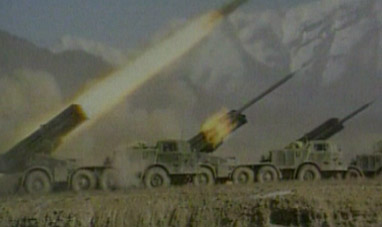

THE SOVIET INVASION OF AFGHANISTAN


BUILDING THE SUEZ CANAL


NORMANDY LANDINGS


SECOND ITALIAN WAR OF INDEPENDENCE


FIVE DAYS OF MILAN
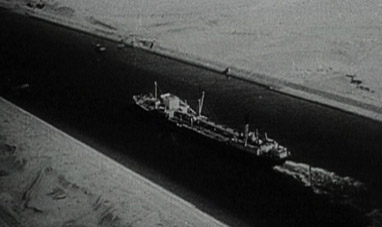

THE SUEZ CRISIS
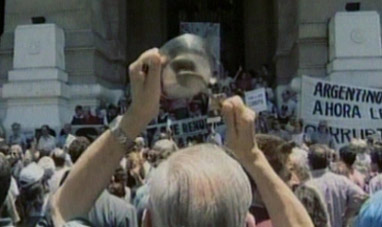

THE 2001 ARGENTINE ECONOMIC CRISIS


EARLY CHINESE DYNASTIES


WORLD WAR II


THE VAJONT DISASTER


THE DREYFUS AFFAIR


THE EXPEDITION OF THE THOUSAND


THE SECOND INTIFADA


ITALIAN IRREDENTISM


FIRST ITALIAN WAR OF INDEPENDENCE


1968
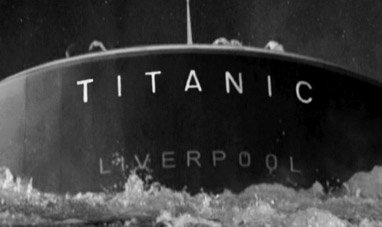

THE SINKING OF THE TITANIC
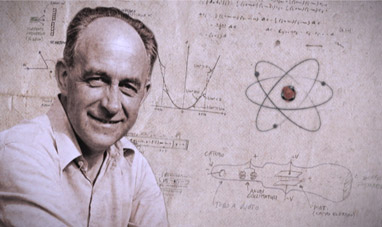

ENRICO FERMI


THE COLD WAR
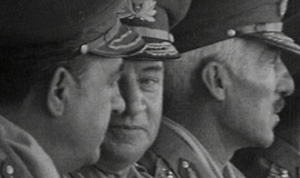

THE GREEK MILITARY COUP
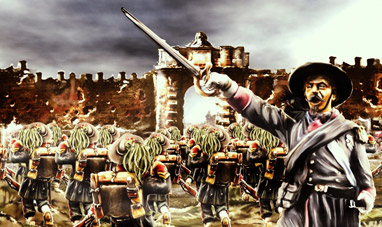

CAPTURE OF ROME


THE BIRTH OF ISRAEL


THE FIRST MOON LANDING


THE DESTRUCTION OF POMPEI
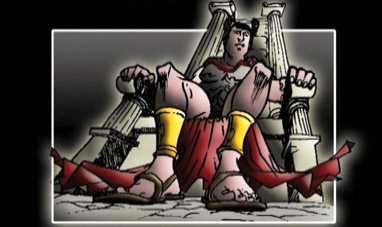

THE EDICT OF MILAN


GREAT SCHISM, THE
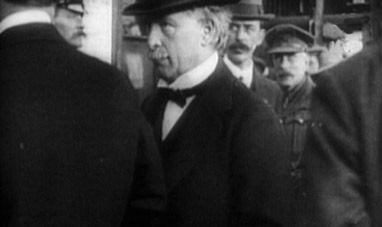

TREATY OF VERSAILLES
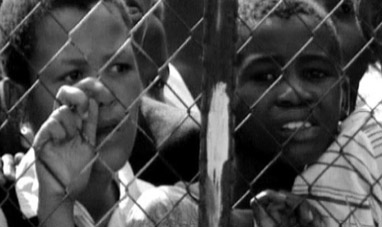

APARTHEID


THE PRAGUE SPRING


THE RAPE OF THE SABINE WOMEN


THE BATTLE OF AUSTERLITZ
